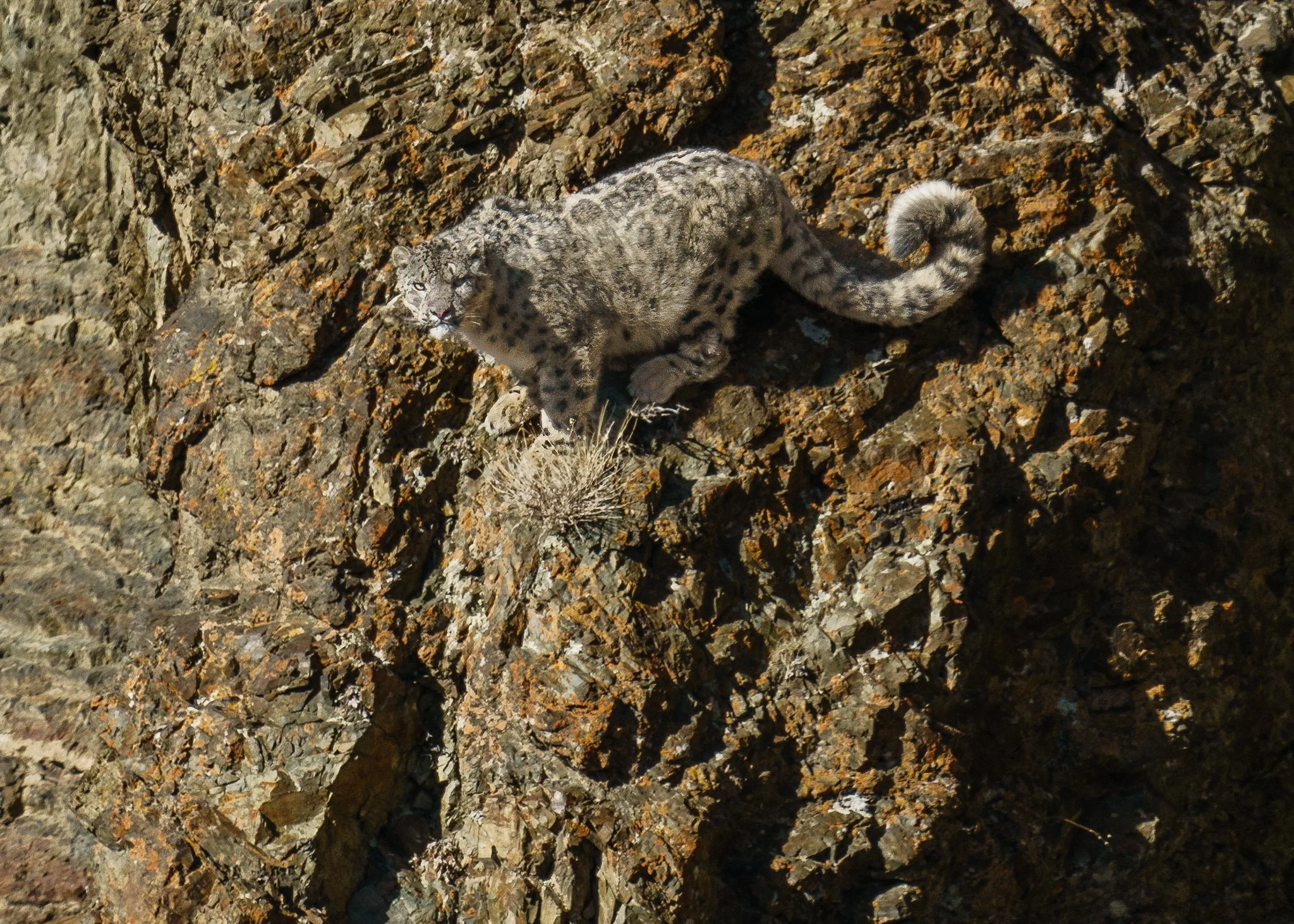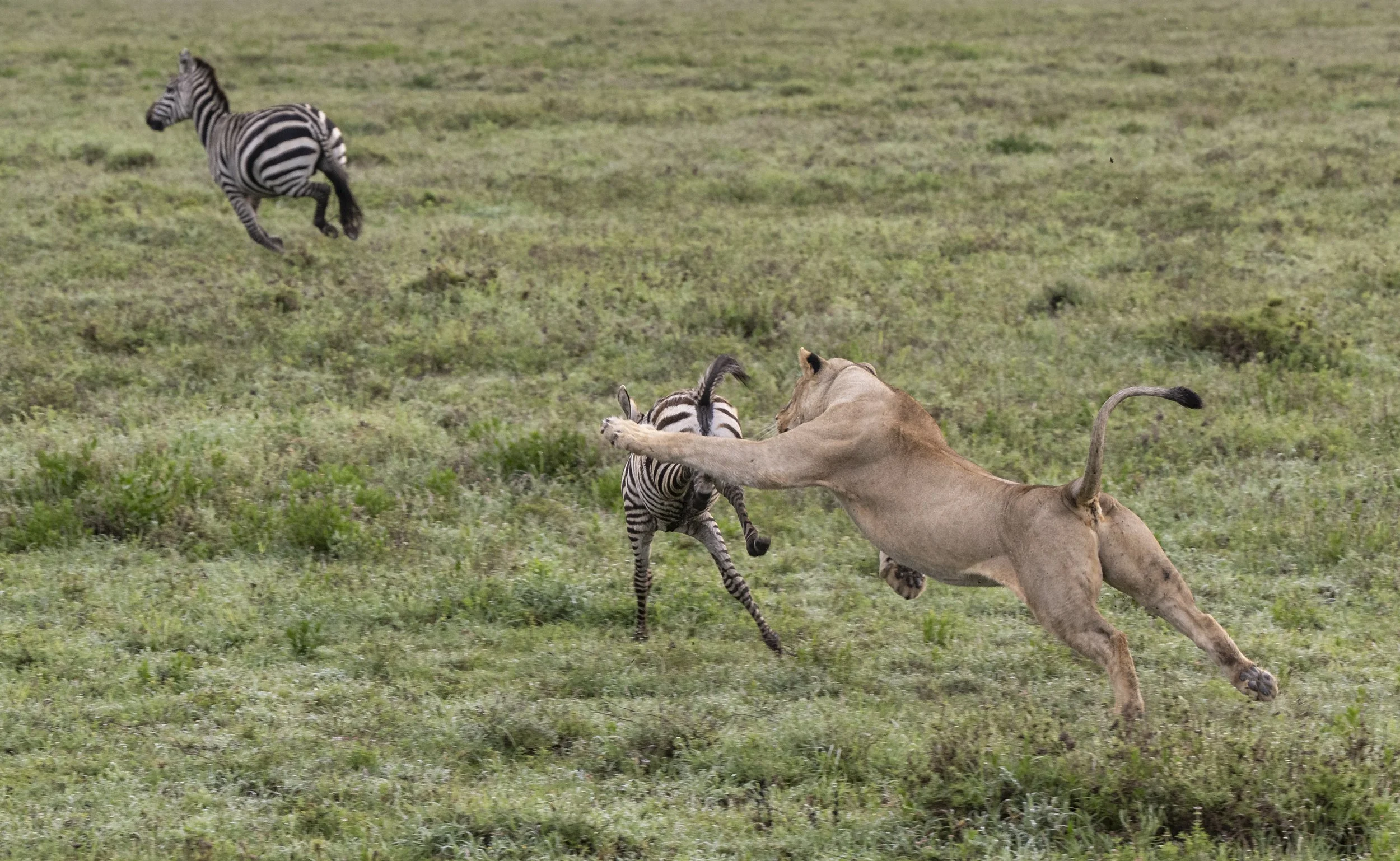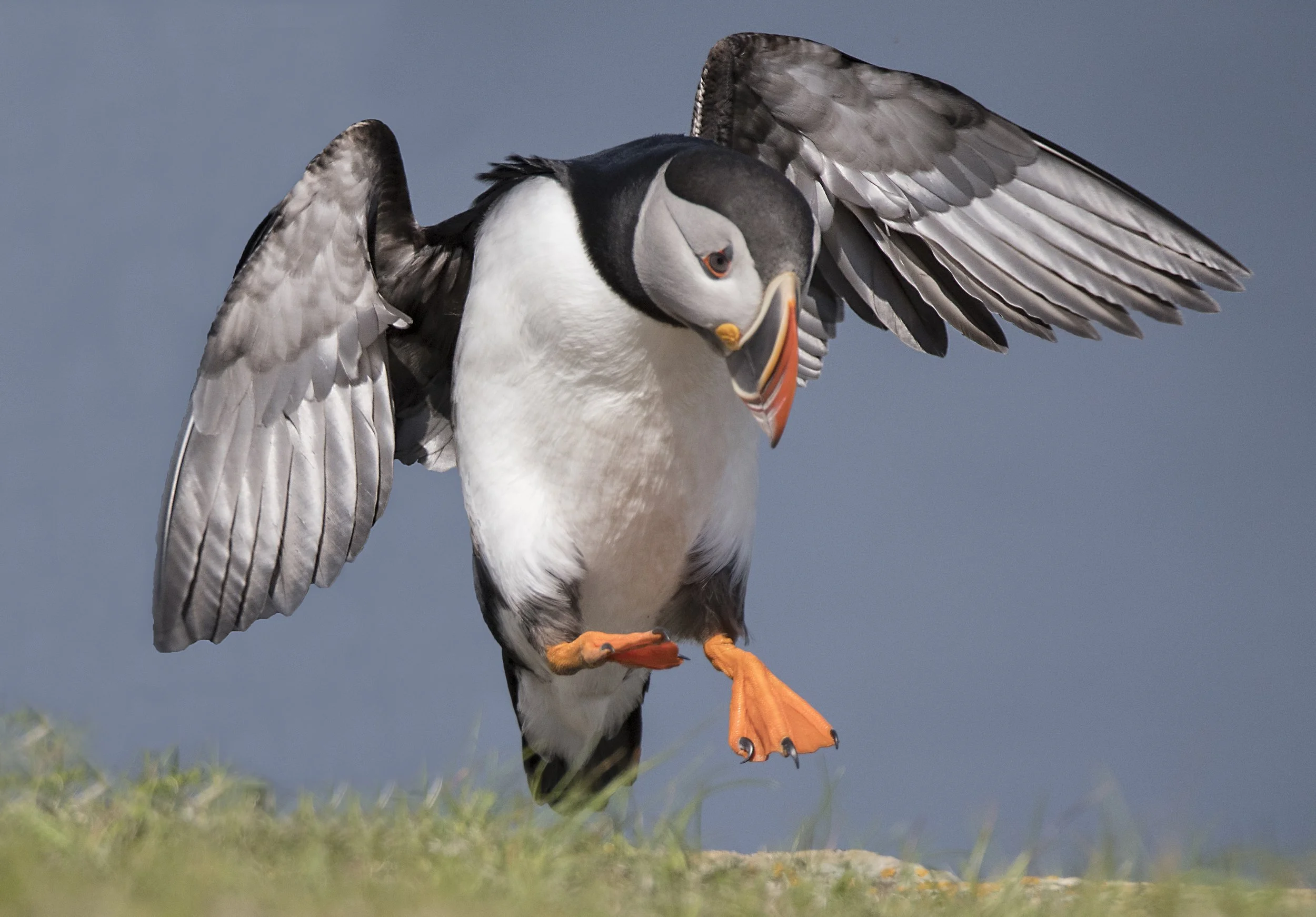10 Things It Took Me 10 Years to Learn About Wildlife Photography (That You’ll Learn on a Workshop)
There’s a certain look photographers give me when they see the first real wildlife image they’re proud of—equal parts awe, disbelief, and “why didn’t I start doing this sooner?”
I’ve led wildlife photography workshops for over a decade in places like Mongolia, Namibia, Canada, Europe and Tanzania. And in that time, I’ve watched photographers grow faster on one workshop than they did in years of self-teaching.
Because while you can go it alone—trust me, I did—it doesn’t have to take you ten years to figure it out while you read blogs and watch Netflix specials in your house.
Here are ten things that took me a decade to learn the hard way—and how, on our small group workshops, you’ll learn them the right way, right away.
1. Patience Wins the Photo
You can’t force a wild moment. Wildlife shows up when it wants to, not when you’re ready.
I’ve seen it firsthand: in Mongolia, we once waited five hours in the mountains for a Snow leopard to reveal itself. One participant was ready to pack up when the cat appeared—just for thirty minutes. The images they captured became some of their favorites they have ever taken.
On our workshops, we don’t rush. We watch, we wait, and we teach you how to read animal behavior, so you're ready before it happens.
2. Know Your Gear—Before the Action Starts
When a cheetah explodes into a sprint or a bear cub climbs a tree, you don’t have time to second-guess your settings.
We’ll spend time before the action begins making sure you know your camera like the back of your hand. Before the workshop even starts, we set up one-on-one calls with each participant to get to know you personally—what gear you’re bringing, what skills you’re confident in, and where you want to grow. Whether you’re still getting comfortable with exposure or ready to master back-button focus, we tailor the experience to meet you where you are. That way, when the wildlife appears or the light turns perfect, you're not thinking about settings—you’re ready to shoot with clarity and confidence.
I’ve had participants in Tanzania go from “What does this button do?” to “I nailed that panning shot of the Wildebeest migration!” in a single morning. It’s all about repetition, guidance, and learning to shoot with purpose.
3. Composition Still Matters—Even in Chaos
Wildlife is unpredictable, but that’s no excuse for sloppy framing.
In Tanzania, we had one of those unforgettable moments—a lion exploded from the tall grass, chasing a young zebra across the open plain. It all unfolded in seconds. The scene was raw and wild, but some photographers missed the impact by locking focus only on the chase, ignoring the mother Zebra that was horrified as she watched the chase unfold.
In the field, we teach you how to compose dynamically, fast—balancing foreground, background, and subject to capture not just action, but emotion. Because a great wildlife image doesn’t just show what happened—it makes you feel it.
4. Light Is Everything
You don’t need the best camera in the world if you understand light.
We coach you on how to see it. On one workshop in Paris, a client said they’d only ever shot in golden hour. By the end of the week, they were using harsh midday shadows to create dramatic black-and-whites. In the wild, we show you how to use backlight, side light, and even fog to make your images sing.
5. Your Feet Are the Best Zoom Lens
A 600mm lens can’t save a bad perspective. Movement is everything.
In northern British Columbia, we had a participant frustrated with distant bear shots. A short (safe) reposition and a lower angle transformed their work from a snapshot to fine art. We help you see those subtle shifts—how moving three feet to the left to get a better composition can change everything.
6. The Best Images Tell a Story
A close-up is nice. A compelling narrative is unforgettable.
We teach you how to build a visual story—from environmental portraits to context-rich compositions. In Tanzania, we often shoot wide to show the lion and the acacia tree and the thundercloud from running prey. You walk away not just with photos but with a full-bodied story in every frame.
7. Autofocus Settings Make or Break Your Shot
You don’t have to guess. We show you exactly which modes and settings to use for each scene—from tracking birds in flight to isolating a moving subject through thick brush.
I once watched someone go from frustrated to elated just by switching to back-button focus during a puffin shoot. It's not about changing everything—it’s about changing the right things that make a difference.
8. Not Every Frame Needs to Be Sharp
Some images are about mood, not precision.
One client in Ontario captured a Snowy Owl with an intentional blur. It ended up winning a contest. We encourage creative risk-taking. You’ll learn when to shoot tack-sharp and when to let motion create emotion.
9. The Edit Begins in the Field
You’ll hear us say this often: “Shoot with your final image in mind.”
We help you pre-visualize each shot—whether that means overexposing slightly for a high-key puffin portrait, adjusting your angle for dramatic backlight on a lion, or composing for a panoramic crop that brings the whole landscape to life. Instead of firing blindly and hoping for the best, you’ll learn to shoot with purpose. Fewer frames, more keepers—because you’ll know what you’re aiming for before you press the shutter.
And here’s something else we believe in: your images come first. When we’re out in the field, we’re not chasing our own shots—we’re making sure you get yours. We’ve stood back while clients filled the frame with the perfect moment, guided compositions while the light changed by the second, and adjusted our own position just to stay out of your shot. Your growth, your success, and your portfolio are our priorities—every single time.
10. You Don’t Have to Learn Alone
Photography can be isolating. But it doesn’t have to be.
On our workshops, small groups mean big connection. Whether it’s sharing images over drinks at a sundowner or reviewing your wildlife shots around a campfire in Mongolia, you’ll get feedback, insight, and friendship.
You don’t just gain skills—you gain a creative community. And that’s something most photographers don’t even know they’re missing.
You Don't Have To Take Our Word For It – Read What Others Have Said
“This was my first trip with Kevin, although I’ve attended other workshops. Sometimes, instructors teach in the classroom and during critiques but only toss out tips in the field. With students having varying degrees of knowledge, they seem to settle somewhere in the middle for instruction. This wasn’t the case with Kevin. He met people where they were with their photography skills. He was polite, tactful and very perceptive about coaching us where we needed help. ” – Lisa H., Paris '22
“I had not traveled with Kevin before, so I did not know what to expect on this trip. I was really very pleasantly surprised with the amount of time and effort that he put into ensuring that each individual’s requests/wants/needs were fulfilled each day. It was a real pleasure traveling with him and learning from him.” – Mike C., Mongolia '22
“I have been on well over 30 workshops in 25 years. It is so refreshing to see that the instructors frequently don’t carry a camera and really are intent on helping us get our best shots. ” – Warren C., Newfoundland '22
“Kevin is a great person, down to earth, and always eager to help and guide. I find his itineraries are different than many photographers. He always prioritizes your ability to take a photo over himself taking a photo.” – Sanjiv M., Mongolia '23
The Bottom Line? You Can Take the Long Road—Or the Right One.
You could spend the next ten years figuring this out on your own—learning through trial and error, missing the shot, second-guessing your settings, and wondering if your instincts are leading you in the right direction. Or you could spend time on an unforgettable workshop with us, focused entirely on becoming the photographer you’ve always wanted to be.
Our workshops are designed to fast-track your growth. We blend hands-on instruction in the field with personal attention, real-time critique, and the kind of immersive experiences that books and YouTube simply can’t replicate. You’ll learn how to anticipate the moment, master your camera, and create images that don’t just capture a subject—but tell a story.
We know that joining a workshop is an investment—not just of money but of time, trust, and creative energy. That’s why we do everything we can to ensure you’re getting real value in return. From personalized guidance before the trip to focused learning in the field, our goal is to make sure you return home with more than great photos—you’ll bring back growth, confidence, and the knowledge that every moment was worth it.
If you're tired of hoping for a lucky shot and ready to start making photographs with intention, consistency, and heart, this is your opportunity. Let us guide you. Let us teach you what it took us years to learn.
Come see what happens when preparation meets experience in the most inspiring locations on Earth.
Because growth doesn’t happen by waiting. It happens by going on an Akari Photo Tours Workshop






